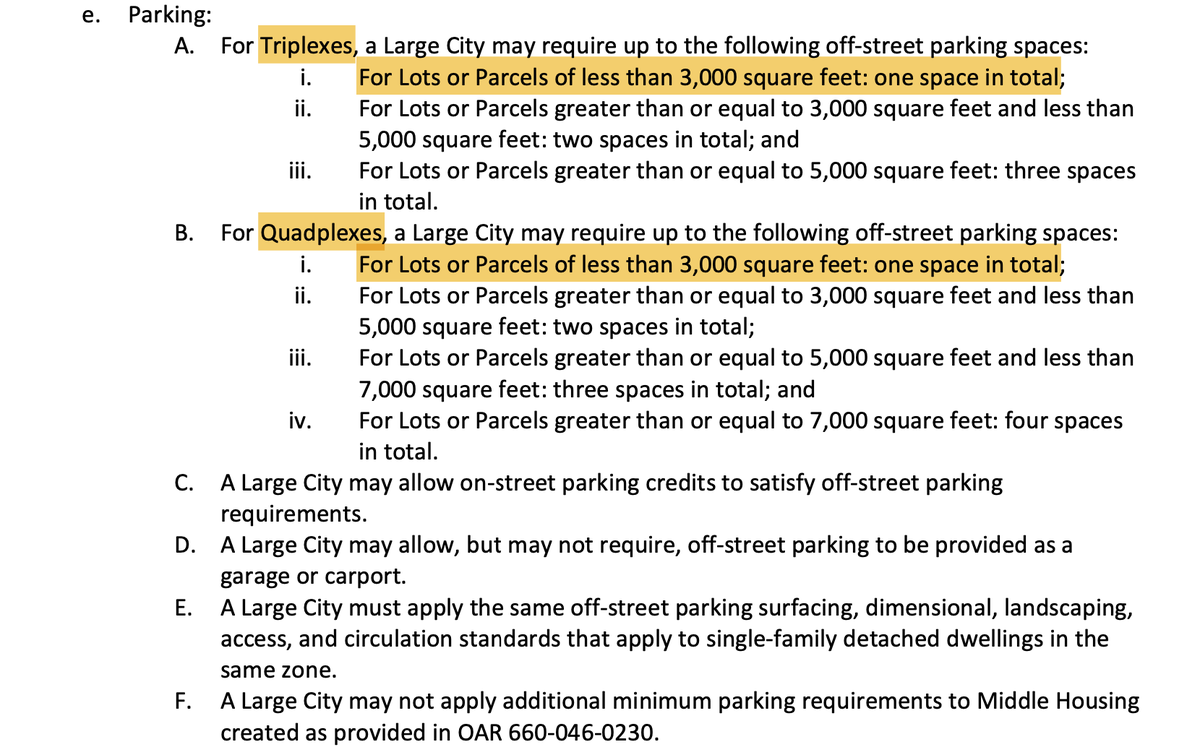
Adding to this ⬇️ thread about @hknightsf's great new column, here's one more point about how the pending "housing element" update, required by state law, is going to blow up San Francisco land use... /1
https://twitter.com/SFyimby/status/1353033588971724800
Under new state law (AB 1397), SF cannot "recycle" sites its previous housing element deemed suitable for affordable housing, unless they're rezoned for *by right* development of 20% low-income projects. /2
Yet SF's city charter disallows by-right development, period. So SF must either get a court to find its charter preempted by state law, or else rezone a huge swath of city's SFH neighborhoods for multifamily development at density of 30+ dwelling units / acre. /3
Outcome (1) would mean no more discretionary review of 20% BMR projects.
Outcome (2) would no doubt require upzoning the west side SFH neighborhoods for small-scale multifamily apartment buildings.
Outcome (3) is that city just falls out of compliance, in which case...
/4
Outcome (2) would no doubt require upzoning the west side SFH neighborhoods for small-scale multifamily apartment buildings.
Outcome (3) is that city just falls out of compliance, in which case...
/4
...SF wouldn't be able to use its zoning code or general plan to deny *any* 20% BMR project, no matter how large, in any SFH neighborhood! (This thanks to an obscure provision of state's Housing Accountability Act.) /5
lewis.ucla.edu/research/overc…
lewis.ucla.edu/research/overc…
Which one will it be, San Francisco? /end
@conniechansf, @SupStefani, @AaronPeskin, @D4GordonMar, @DeanPreston, @MattHaneySF, @myrnamelgar, @RafaelMandelman , @HillaryRonen , @shamannwalton, @Ahsha_Safai, @Scott_Wiener, @DavidChiu, @PhilTing, @hknightsf
@conniechansf, @SupStefani, @AaronPeskin, @D4GordonMar, @DeanPreston, @MattHaneySF, @myrnamelgar, @RafaelMandelman , @HillaryRonen , @shamannwalton, @Ahsha_Safai, @Scott_Wiener, @DavidChiu, @PhilTing, @hknightsf
• • •
Missing some Tweet in this thread? You can try to
force a refresh








